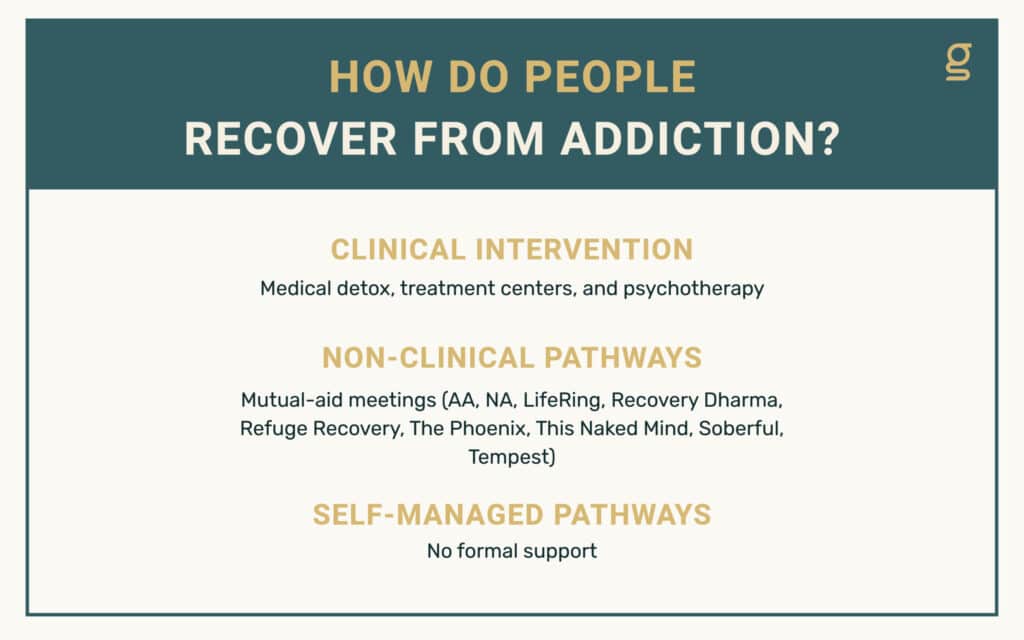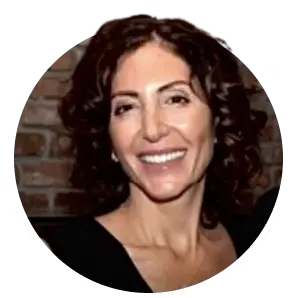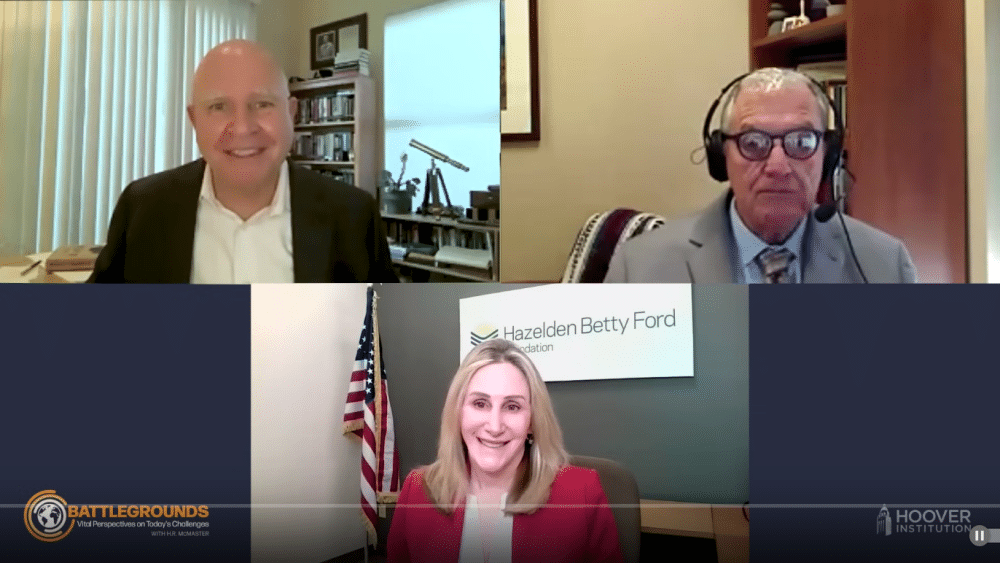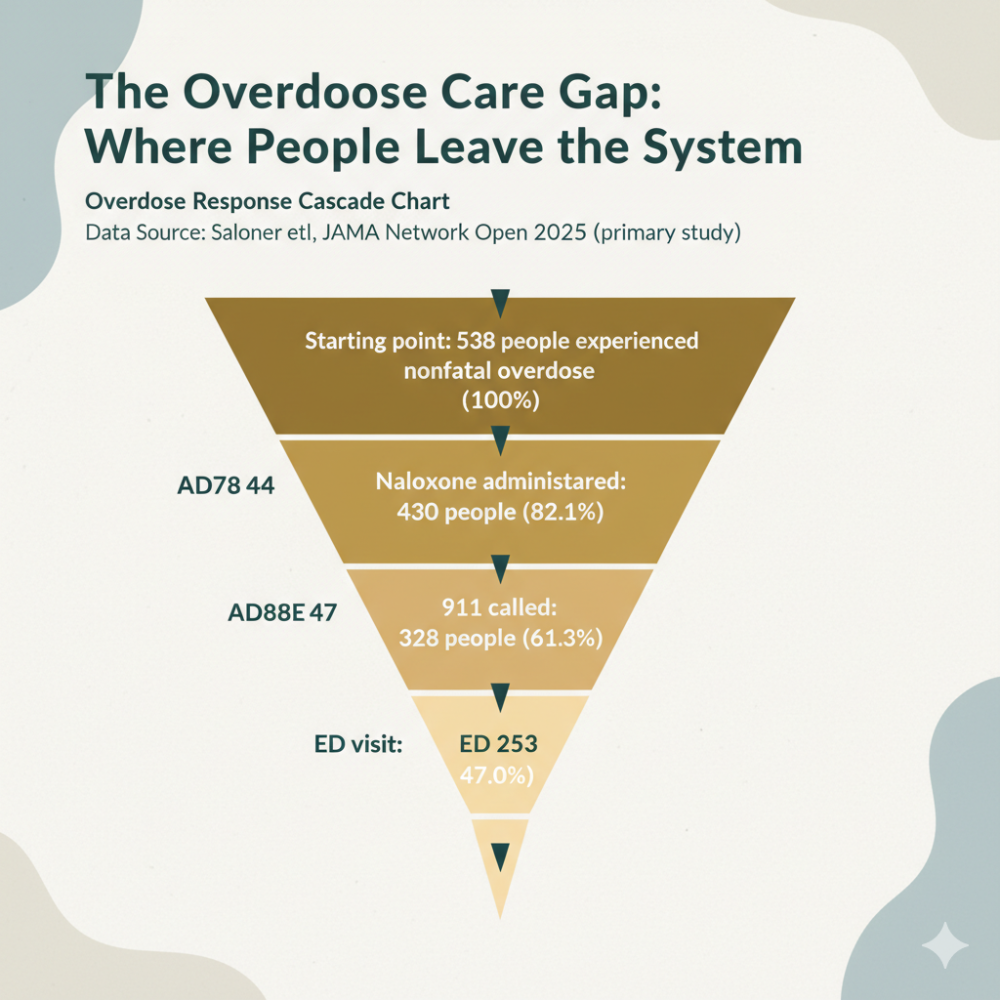While some might associate recovery with rehab or AA meetings, the reality is that people recover in a range of ways. Researchers measure both rates of addiction and recovery.
How is Substance Use Disorder Measured?
Since 1971, the Substance Abuse and Mental Health Services Administration (SAMHSA) carries out a National Survey in Drug Use and Health (NSDUH).
Each year NSDUH surveys all 50 states and the District of Columbia. They then produce the results which includes up-to-date information on tobacco, alcohol, drug use, mental health and other health-related issues in the United States. This year it is expected that 70,000 Americans will take part in the study.
The information is used to:
- support treatment and prevention programs
- monitor substance use trends
- estimate the need for treatment and inform public health policy
The latest NSDUH survey (2019) revealed that 20.3 million Americans, aged 12 or older) suffered with substance use disorder. Rates of recovery, however, are not measured in this survey even though it is argued by national researchers and policy advisors that it would be helpful.
That said, significant research that provides clarity on how Americans recover does exist.
How Do People Recover from Addiction?
Recovery is defined by SAMHSA as:
“Recovery from mental disorders and substance use disorders is a process of change through which individuals improve their health and wellness, live a self-directed life, and strive to reach their full potential.”
How is recovery measured, though? Researchers like Harvard University’s John Kelly — who leads the Recovery Research Institute — carried out the National Recovery Study. This study measured the prevalence and pathways of recovery from drug and alcohol problems in the US.
- Clinical intervention: medical detox, treatment centers, and psychotherapy
- Non-clinical pathways: Mutual-aid meetings (AA, NA, LifeRing, Recovery Dharma, Refuge Recovery, The Phoenix, This Naked Mind, Soberful, Tempest, Women for Sobriety, White Bison and many more)
- Self-managed pathways: No formal support

The study also showed that, of the 53.9 percent of those using assisted pathways
- 45.1 percent used mutual-aid supports
- 27.6 percent used formal addiction treatment
- 21.8 percent used emerging recovery support services, like recovery community organizations.
Researchers concluded that tens of millions of Americans have successfully resolved their substance use disorder using a variety of means. However, it is worth noting that for those with more severe substance use disorder more clinical intervention is needed.
Typically the more acute addiction requires medical detox by a professional facility, like Gallus Medical Detox, providing specialist addiction treatment.
Stay tuned for our next blog, for National Recovery Month, featuring the top 10 addiction recovery books.
At Gallus Medical Detox Centers, we bring compassion to the commotion. Peace to the pain. Empowerment to the powerless. If you or someone you know needs support with addiction problems, bring us your battle. Get in touch with us today and take the best, first step towards recovery.


 Steve B
Steve B 
